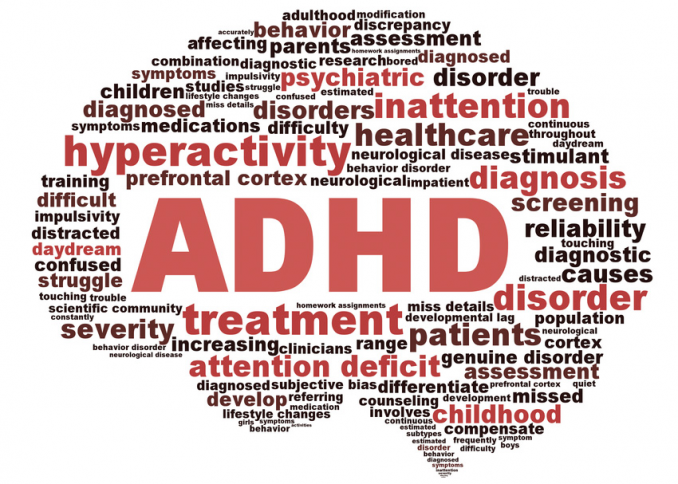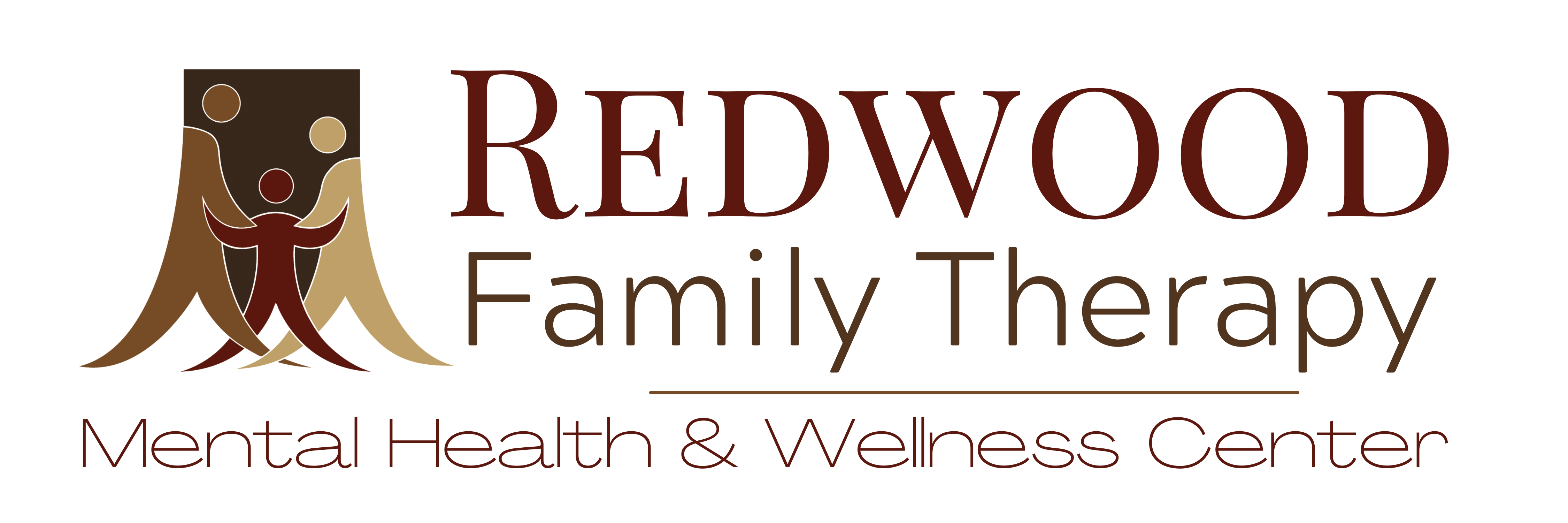Is It ADHD or Is It Trauma?
 Attention-deficit/hyperactivity disorder (ADHD) is a term that’s thrown around a lot in our society. Symptoms commonly displayed are a racing mind, the inability to maintain focus or follow through, lack of concentration, forgetfulness or foggy thinking, restlessness, irritability, hyperactivity, over-focus, compulsions and/or obsessive thinking. If an individual, adult or child, displays any of these symptoms, they may receive a diagnosis of ADHD. Although ADHD is a real and complicated diagnosis, a lot of behavioral symptoms can look like it. For this reason, ADHD is commonly misdiagnosed. Before you attach a popular label to yourself or others, consider environmental and emotional factors that could be contributing to the symptoms.
Attention-deficit/hyperactivity disorder (ADHD) is a term that’s thrown around a lot in our society. Symptoms commonly displayed are a racing mind, the inability to maintain focus or follow through, lack of concentration, forgetfulness or foggy thinking, restlessness, irritability, hyperactivity, over-focus, compulsions and/or obsessive thinking. If an individual, adult or child, displays any of these symptoms, they may receive a diagnosis of ADHD. Although ADHD is a real and complicated diagnosis, a lot of behavioral symptoms can look like it. For this reason, ADHD is commonly misdiagnosed. Before you attach a popular label to yourself or others, consider environmental and emotional factors that could be contributing to the symptoms.
Our natural tendency is to avoid or flee from a perceived threat. We may choose to flee using one or many of the behaviors listed above. The reaction to flee is a hard-wired survival response activated as a result of trauma. Initially, this is an adaptive response, as it increases our chance of getting to a safe place and establishing security. This may seem like the best response, but we can get stuck in this coping pattern which prevents us from moving past the events that created the need to flee. Just as it would be foolish to shut off a fire alarm and return to work when the building is on fire, it’s a mistake to focus only on the symptoms and not address the underlying problem.
When we choose to repress emotions, they don’t just go away. They ramp up our underlying feeling of anxiousness which continues to build to a steady hum that we learn to work around. A study conducted at Stanford University by James Gross[i] reiterates this point. It showed that repressing emotions actually increases the intensity of them and decreases the subjects’ ability to perform daily life tasks. As we actively suppress emotions, our nervous system is continually being stimulated. Similar to the boiling frog fable, we’re in a pot of tepid water on a stovetop. We don’t notice the increasing temperature until it’s too late and we reach our breaking point.
We also don’t suppress emotions randomly. Suppression doesn’t occur until after the information has been registered in our conscious minds. This means you have to work really hard to push that down into your subconscious and keep it “out of sight”. This takes an enormous amount of energy. To accommodate this, our heart rate speeds up, stress hormones like adrenaline and cortisol are released, blood pressure rises, the immune system suppresses, and so on as the majority of our available mental energy is dedicated to “containing the threat”. This leaves very little resources left for executive functioning like problem-solving, regulating emotions, handling stress, daily life decisions, or retaining information. Over time this leads to a “crash” which can amount to mental and physical exhaustion.
Fortunately, we don’t have to live our lives in this constant state of threat. We can break this pattern by learning to acknowledge, voice, and release our emotions as we feel them. We will no longer be using our energy to repress these emotions. Our body can return to a place of balance because the threat has been removed. We can have mental clarity, focused attention, and peace of mind.
*If the thought of facing your traumas is overwhelming, please seek professional help. They can help you work through your emotions in a safe environment and provide tools to prevent you from reverting back to harmful behaviors.
[i] Gross, James (2017) New tools, analytic methods and conceptual approaches for harnessing plasticity in the human brain. Stanford University, CA. https://neuroscience.stanford.edu
